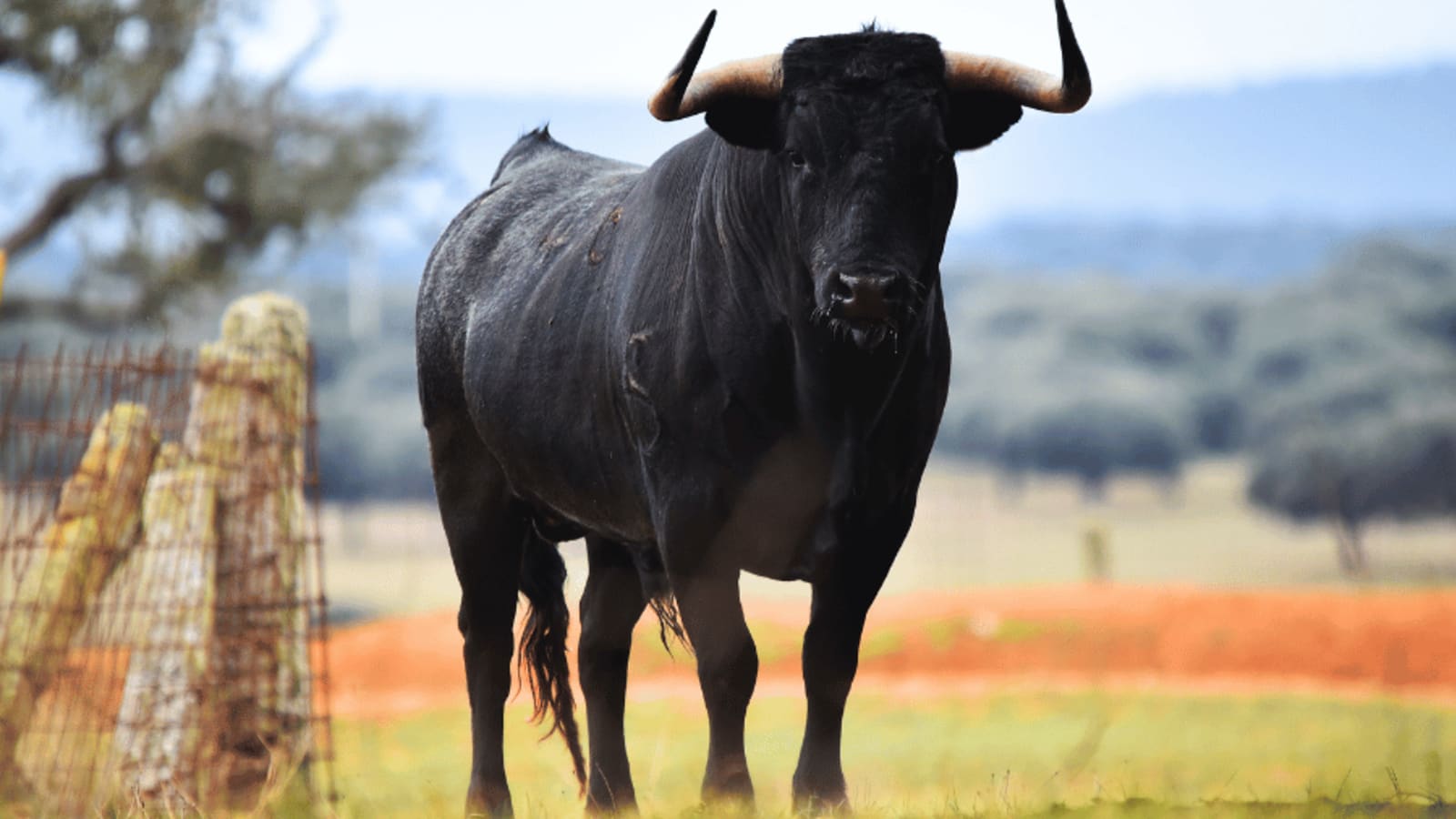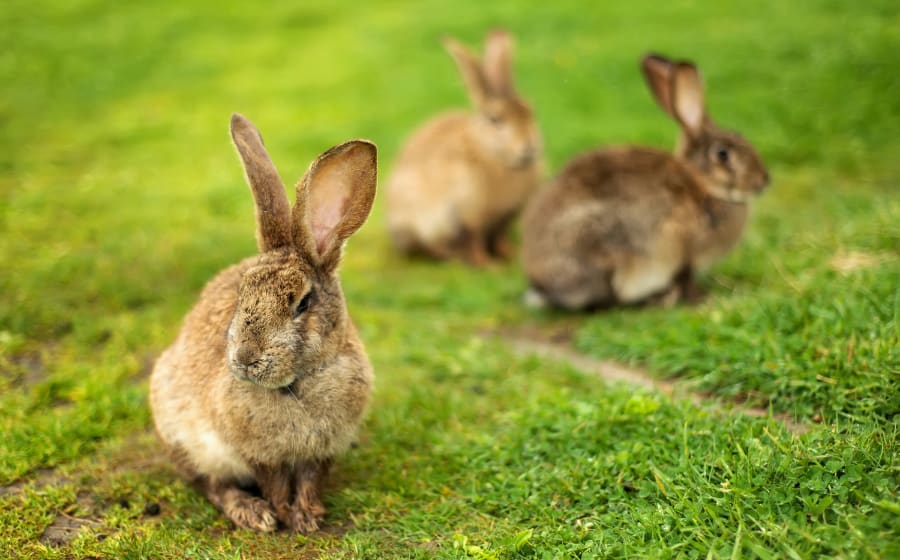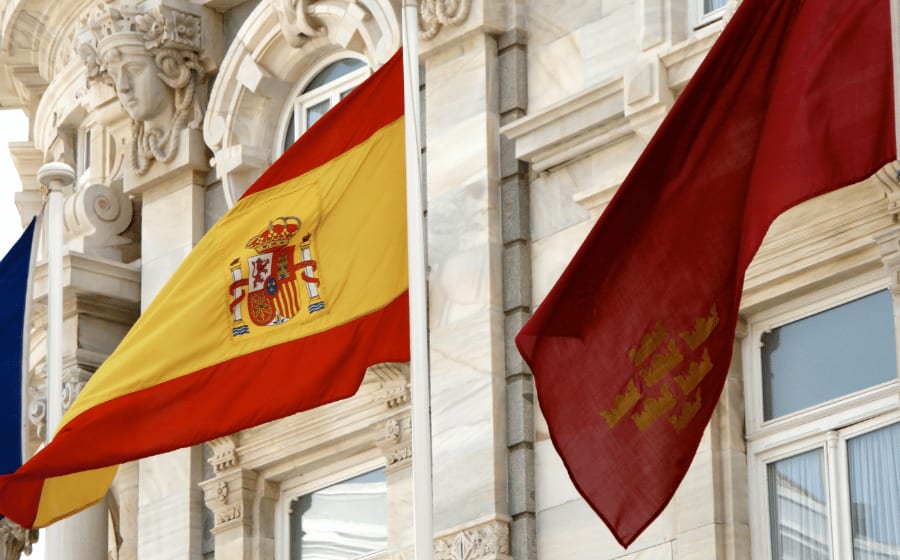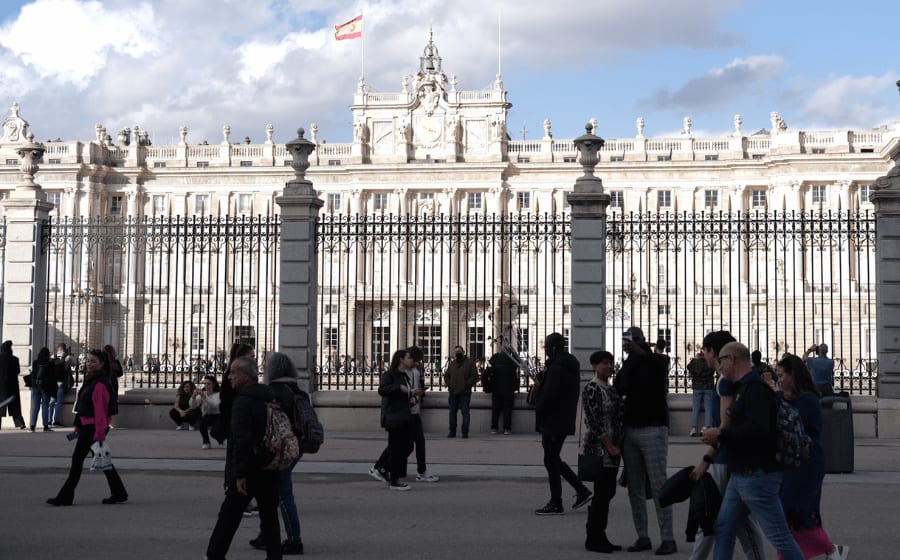The Spanish Bull: 5 Amazing Facts about Spain's National Animal
January 19, 2023
Win a FREE Trip to Spain!
Exciting Announcement! For the first time, we're thrilled to offer exclusive trips to the heart of Spain - an experience like no other. This isn't your typical tourist journey; it's a unique opportunity to immerse yourself in authentic Spanish culture, alongside real locals and our passionate team.
But there's more! Simply by requesting information about this amazing trip, you'll be entered into a special draw to win a Fully Paid Trip to Spain for Two. And that's not all - everyone who inquires will receive an exclusive bonus gift, valued at $500, available only now.
Ready to Discover the Real Spain?Click Here ↑ to Request Information & Enter the Draw!
The bull is the national animal of Spain and a truly symbolic figure in Spanish culture.
The bull has become an emblem of the nation and the Spanish people. It is a symbol you will see in the national logos of different international events. It is not an animal that has been chosen at random. Still, it has been selected because it is a representative symbol of our culture and history.
In this post, you will find out why the bull has been chosen as the national animal, among many other curious facts that you may have never heard before.
It is time to discover and understand what is behind the Spanish bull. It is really interesting and will help you clarify certain doubts. So don’t wait any longer, and keep scrolling down!
Table of Contents ▼ ▶
Why is the bull the national animal of Spain?

The bull is known as the national animal of Spain because it plays a vital role in Spanish culture and history.
The bullfighting tradition of the country is known internationally, in addition to the festivals that are celebrated and that are directly related, such as the famous festival of San Fermin in the city of Pamplona.
If you want to know everything about San Fermin and what other festivals are not to be missed, don’t forget to take a look at this post:
13 Mind Blowing Spanish Festivals Worthy of Your Bucket List!
The bull is also a symbol that appears in several Spanish coats of arms representing different regions and cities. For example, in the coat of arms of Madrid, there is a bull with a golden crown on its head.
For these reasons, it was decided that the bull would be Spain’s national animal.
Bulls became the Spanish national animal by creating the country’s coat of arms in 1785. At that time, Spain was a monarchy, and bulls symbolized power.
Although the bull has been selected as the national animal, many other animals in Spain are very representative like:
I want to add that the Galicians and Basques, like the Catalans, as they have their own language, they felt that they should also have their own animal.
Thus, the Catalans have as their animal symbol the donkey; the Basques have the sheep, and the Galicians the cow.
5 Facts about the Spanish bull

1. The Spanish bull is also known as the Spanish fighting bull (“toro de lidia español”).
Fighting cattle is a type of bovine livestock specially dedicated to breeding and producing fighting bulls that face a bullfighter in a bullring.
Fighting cattle in Spanish is known as “ganado bravo.”
2. There are two types of bulls in Spain: the brave bull and the tame bull (“toro bravo” and “toro manso”).
The difference between “ganado bravo” and “ganado manso” is in the traits selected in those groups.
For the tame cattle, traits are selected that are useful for producing products for human consumption, so it is more focused on phenotypic appearance and behavior.
However, for fighting bulls (“toros bravos”), the selection is based on the bravery of the animal. Brave bulls are designed to attack, so they must have good antlers, a big nose, and a good neck. Many are black or dark brown, but other colorations are normal.
Fighting cattle are generally very strong-tempered. They are bulls used to living in freedom, which makes them moody and distrustful. That is why this character sharpens their instinct, and they learn quickly. While breeding, the bulls rarely meet humans to preserve their natural traits.
3. The fighting bull is an emblematic symbol of Spain.
The fighting bull represents strength and courage. It is a symbol present in many aspects of Spanish culture, especially in famous bullfights.
If you want to know more about bullfighting and find out if it is legal or not, take a look at these articles:
What Is Bullfighting? Origin, Purpose, and Top Festivities in Spain
Is bullfighting legal in Spain? The Never-ending Legal (& Moral) Debate
You should know that among the bullfighting bulls, there is a line of bulls known as Miura that is bred in the province of Seville, in Andalucia. It is a very famous stud farm known for producing vast and complicated fighting bulls.
4. The fighting bull is not only bred in Spain.
The “toro bravo” is bred exclusively in the wild on extensive estates in Spain and other countries such as Portugal, France, and other Latin American countries like Mexico, Venezuela, and Peru.
5. The bull represents strength and masculinity.
The bull is a very muscular animal with a large head, a robust body, and long legs. They have a height of 1.5 meters and usually weigh between 500 and 700 kg.
Male bulls live up to 12 years, while females can live up to 15 years.
What is the “Osborne” bull?

The Osborne Bull was originally a billboard that could be seen on the roads of Spain to promote the Osborne Group’s Veteran Cognac (today known as Brandy).
This bull was created by the artist Manolo Prieto in 1956 and commissioned by Bodegas Osborne.
A year later, in 1957, the first wooden billboards with a height of 4 meters began to be placed in different spots around Spain. As the years went by, the size of the Osborne bull changed its dimensions and construction materials. Thus, in 1961, they became metal billboards of 7 meters.
In 1962, a law was passed prohibiting the placement of advertising panels at a distance of fewer than 125 meters from the road. So, Osborne’s group decided to increase the size of the bulls to 14 meters so that the advertising message would still be visible.
In 1988, the controversial General Road Law was passed, which required the removal of all billboards from the road network, including the famous Osborne Bulls. This caused great debate in the media and much anger among Spanish citizens. Thus, the Spanish Supreme Court decided to keep the Osborne bull in the landscape, considering it to be of high “cultural interest.”
More than 500 bulls were installed on the roads of Spain, and today, there are 94 bulls left:
- Andalusia (24)
- Castile and Leon (14)
- Castile-La Mancha (13)
- The Valencian Community (11)
- Asturias (6)
- Aragon (6)
- Extremadura (5)
- Galicia (5)
- Community of Madrid (3)
- La Rioja (2)
- Navarra (1)
- Balearic Islands (1)
- Canary Islands (1)
- Melilla (1)
- Basque Country (1)
Here there’s a map where you can locate all the bulls that are left in Spain:

Nowadays, you can see cars, clothes, flags, and even tattoos with the famous “Toro de Osborne” (Osborne Bull).
Spain’s Other National Symbols

The Imperial Eagle: The National Bird
We have created a very complete post talking about the national bird of Spain and another one talking about the different eagles in Spain plus the Imperial one. Check them out by clicking on the following links:
National Bird of Spain: The Imperial Eagle (23 Beautiful Images!)
- The Red Carnation: The National Flower
We have a whole post dedicated to the national flower of Spain that you should check out:
Each country has its own culture, so it is fascinating to learn firsthand what is behind each story and to see and understand where the traditions come from.
The objective of each country is that its national animal represents the nation’s spirit, and its citizens admire it with pride and feel identified with it.
In Spain, the bull represents strength and courage.
What national animal and representative symbols do you have in your country?












